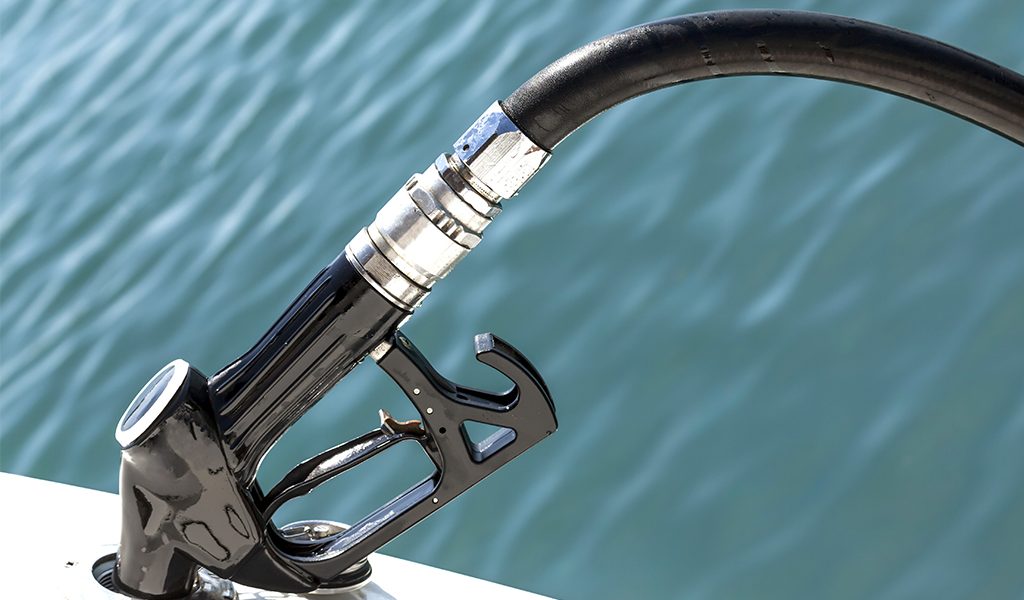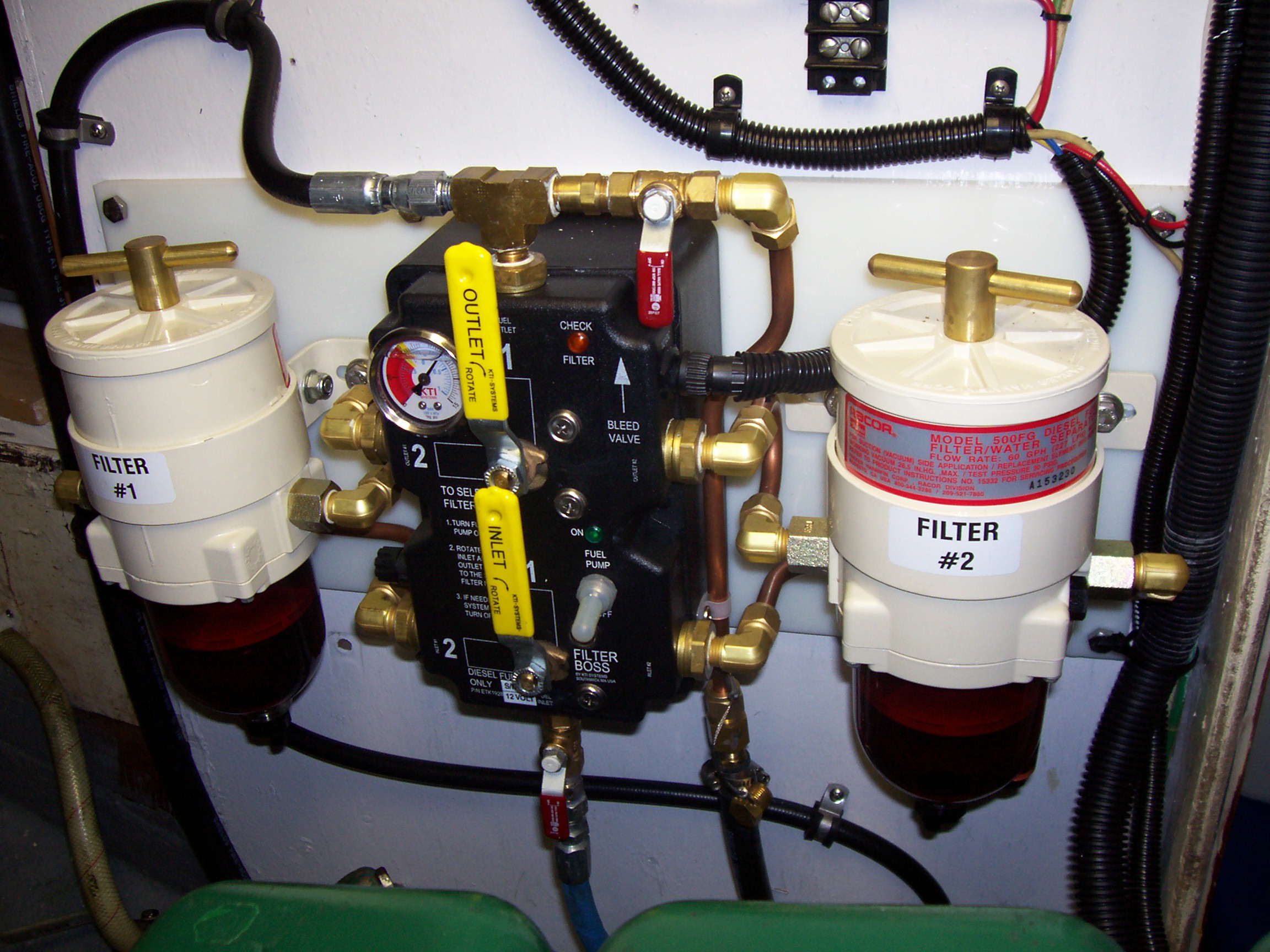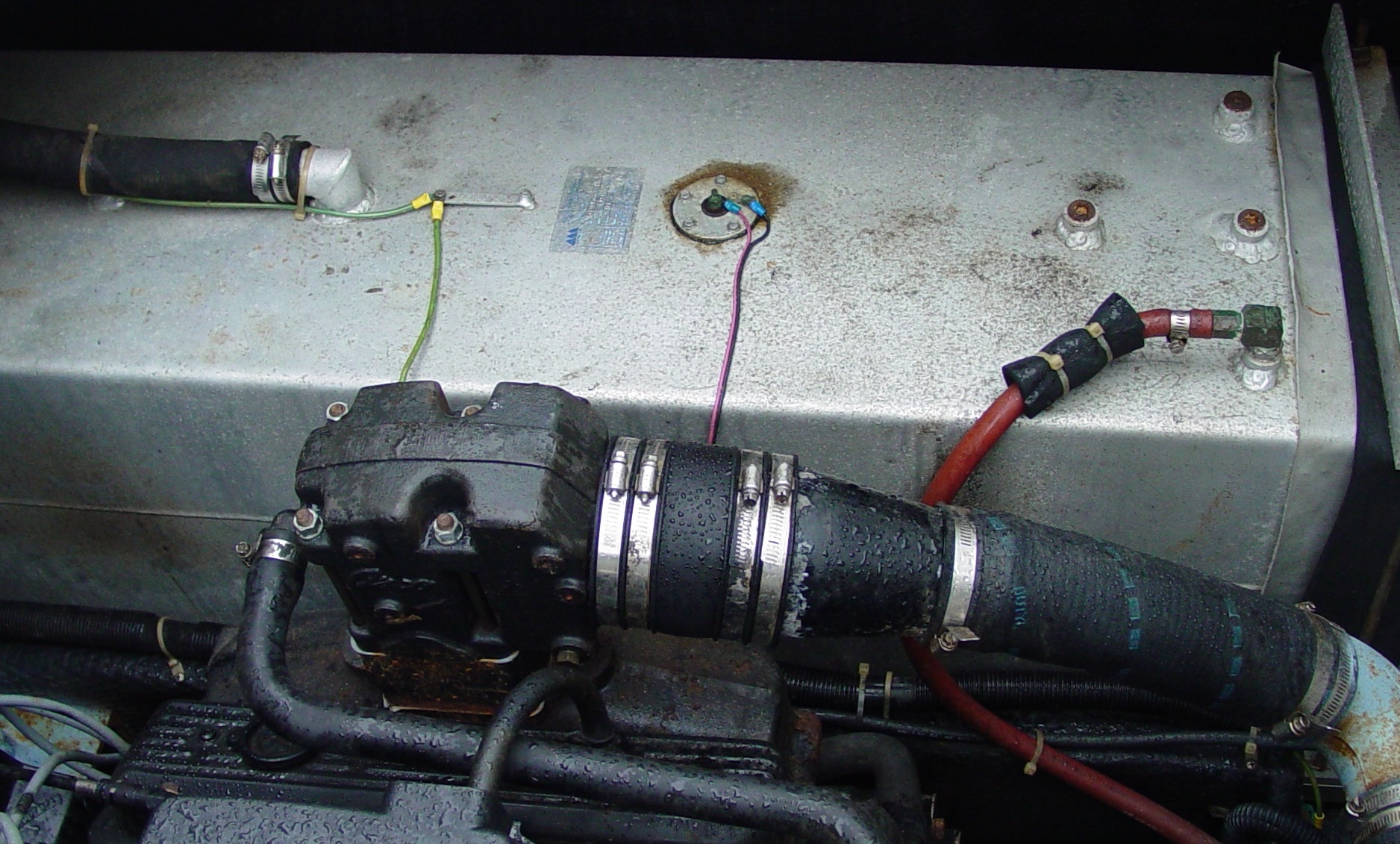Fuel Tank Cleaning: It’s Worth the Effort
Despite the plethora of magic potions and elixirs sold to prevent it, dirty fuel tanks happen. Fuel polishing can help to a degree, but at some point, the only way to fix a crud-laden fuel system s a good old fashioned, elbow-deep tank cleaning. Most people think cleaning a fuel tank is a job for professionals, but with the proper tools and planning, any competent DIY’er can accomplish it safely and efficiently. Although each installation will present its own unique set of requirements, here’s a list of general guidelines and safety precautions and that can be applied to any tank cleaning job.
Running On Empty
If a tank needs cleaning, common sense dictates removal of as much fuel as possible prior to doing the deed. The easiest way to do this is by burning the fuel through normal boat use. If the fuel is unusable, then get ready for some pumping, hauling, and possible disposal dilemmas as. The take away here? Clean the tank at the first sign of trouble, before things get out of control.
Get To It
When it comes to tank cleaning, the more access the better. Ideally a tank has access plates or ports that can removed for internal cleaning and they’re located above a low point in the tank (for easier removal of residue during the cleaning process). If not, a captain or mate will need to use what’s available (fill-hose inlets, vents, fuel gauge sending unit ports) and sprinkle liberally with a little MacGyver-style ingenuity. For example, on smaller craft if the tank can be removed for cleaning, doing so will provide additional cleaning options (such as rotating it upside down to drain).
Installation of access ports may also be an option in some cases, however due to the safety concerns of cutting into a fuel tank possibly filled with volatile fumes, it’s a job best left to a professional.
Suck It Up
There are many ways that residual fuel can be removed in preparation for cleaning, but let’s get one thing straight — a shop-vac isn’t one of them. If the tank is removable, the simplest option is to tilt/invert it and drain the fuel into suitable container.
For permanently installed tanks, one option would be to use a length of hose to siphon the fuel out, assuming the receiving container can be positioned beneath it. While “Drinking gasoline” may be an awesome song by The Baboons (look it up) avoid it in the literal sense by using a self-priming jiggler siphon or other such tool.
Another tank-draining option is using a manual style bilge pump. A manual pump means no sparks or potential explosions (uncontrolled combustion is not our friend). If an electric pump must be used, get an ignition protected unit suitable for the fuel being pumped and make sure the pump is located outside the boat in a well-ventilated area.
Regardless of the draining technique, be sure to have someone monitor the receiving container to avoid overflows. An old jerry can works great for this, as it can also be sealed and used to safely hold or transport old fuel for recycling or disposal.
Cleaning Up
Once the tank is completely drained of fuel, the real fun begins. With sufficient access, this may be as simple as wiping down the inside with an aqueous degreaser such as Simple Green or similar products from companies like CRC or PB Blaster. For diesel tanks, simply use a rag moistened with diesel fuel for cleaning. Never use solvents or other such chemicals (Acetone, MEK, etc.) that can create a Hell’s broth of flammable fumes that isn’t too safe to breathe either.
For tanks with limited access or internal baffles, a power washer may be just the ticket. A standard fan-tipped lance can be used on the more accessible areas, but for the out of sight areas you’ll want to use an extension tipped with a multi-directional tank cleaning nozzle, such as those available from Bete (www.bete.com) or McMaster-Carr (www.mcmaster.com). Water and tank crud should drain back to a low point under your access port while cleaning, where it can be pumped out.
Pressure washing a tank can be a dirty job and can cause injury if not done properly, so be sure to follow the equipment manufacturer's directions closely and wear all necessary safety gear (raincoat, face shield, thick rubber gloves, etc).
Disposal
A marina likely has disposal or recycling programs available that can help with disposal of old fuel, but if not there may be other options as well. Many household hazardous waste programs will take old, unwanted gasoline or gas/oil blends. Waste gas is typically not considered hazardous waste if it is recycled or burned as fuel, which means another possible option for stale gas is to “recondition” it by treating and mixing it with a larger ratio of fresh gas for use in less critical equipment (a lawn mower for example). Crud-laden diesel fuel can normally be disposed of through any used oil recycling station (such as those found in marinas or automotive parts stores) as long as it’s not contaminated with gasoline or solvents.
Safety First
- When cleaning a tank, always work in a well-ventilated area, preferably outside.
- Never clean a tank around any open flames or sparks
- Always wear appropriate protective equipment (gloves, goggles or face masks, etc).
- Always follow the manufacturer’s guidelines when using tools or chemicals.
- And most importantly, be aware of what you’re doing and use common sense.
By Capt. Frank Lanier
Captain Frank Lanier is a SAMS® Accredited Marine Surveyor with over 40 years of experience in the marine and diving industry. He’s also an author, public speaker, and multiple award-winning journalist with articles on seamanship, marine electronics, vessel maintenance and consumer reports. He can be reached via his website at www.captfklanier.com.


